Product pricing is an essential factor that can determine the success of your products and services in the market. Pricing products correctly is so critical that it can skyrocket your sales and popularize your brand. Do you need to price your products but wonder if you are going too high or low? Understand the difference between the two to know which works when:
People indeed associate quality products with high prices. But if you price your product too high, only a few people may buy it. While pricing the same product too low might result in losses. There is no one-size-fits-all formula for pricing! Before we decode how product pricing is done, we need to understand what product pricing means.
What is pricing?
Product pricing is setting prices for products and services to help you meet your goals and make a profit. There are many factors to consider when setting the right price for your products. This blog will discuss 7 easy tips to ensure your product pricing is just right.
7 Pro tips for pricing your products correctly
1. Define the business goals your pricing should achieve
Before you start pricing your products, it is important to define business goals aligned with your brand’s overall mission and vision. Do you want to increase your market share? Do you want to increase customer loyalty or maximize your profits? The goals you choose will determine the pricing strategies you use for your products.
2. Include all costs efficiently
When you consider pricing, include all the costs associated with producing and selling your product. This consists of the cost of materials, labor, storage, transportation, marketing, and more.
Ask yourself:
- Have I considered discounts or deals I can get from my suppliers?
- Did I include post-sales costs such as customer service in my pricing?
- Or any tax incentives and other benefits I can take advantage of?
- Is it just breaking even or adding to your profits as well?
Imagine this. Leena sells jewelry for Rs. 100, making it at a loss of Rs. 10. If Leena sells the jewelry for more than Rs. 110, she will make that much more profit.
Pro tip: Fill in all the costs in an Excel sheet, so you don’t miss out on anything and can easily see the gross revenue you need to generate.
Here is a hypothetical example of the product pricing of a t-shirt:
3. Understand your customers’ budget
Conduct market research to find out –
- who your target audience is
- how much they pay for similar products
- what the perceived value of your product is
The better you know your customers, the more value you can provide them. You can tweak the pricing according to your customers’ location, use cases, purchasing capacity, etc. It is good to ask customers for feedback to understand their needs and determine the right product pricing and development strategy.
4. Study your competitors’ pricing
You can also look at the prices of similar products. This will help you set competitive prices that are attractive to your customers and align with industry standards. See if your product offers any additional value or if there is an uneven supply-demand ratio. Also, pay attention to any special offers or discounts your competitors offer. This can help you determine if you should offer similar discounts or promotions to stay competitive.
5. Apply psychological tactics to pricing
Use psychological cues, like the power of suggestion, to influence customer behavior. For example, offering a product at $5.99 and another at $6. Customers will most probably buy the one that is priced at $5.99. You can also provide offers and discounts whenever possible to attract more customers.
6. Use different product pricing methods
You can use many product pricing methods to offer your products and services. Here are two examples that are very easily actionable:
a) Tiered Pricing
Tiered pricing involves setting different prices for different levels of product features. For example, you could offer a basic version of your product at a lower price and an upgraded version at a higher price. This allows customers to choose the version that best suits their needs and budget. Service providers like software companies and travel agencies typically use a tiered pricing method.
b) Bundled Pricing
Bundled pricing involves offering several products together at a discounted rate. One classic example of this is ordering combo meals at leading fast-food joints. This gives customers more value for their money and encourages them to make larger purchases.
7. Keep your pricing flexible
You can even keep your pricing flexible to quickly adjust your prices to changing market conditions. For example, if your competitors are offering discounts or promotions, you should be able to adjust your prices to remain competitive. You should also be able to adjust your prices to take advantage of any seasonal trends or changes in customer demand. Measure your sales performance and customer satisfaction to figure out what works best.
Set the right prices for your offerings and earn more
Remember, the product pricing process may look different for all. Focus on finding the right balance between earning profits and providing value for money. More importantly, pricing is a continual process. You may need to revise your prices with changing times.
If the pricing strategy works well and buyers start flocking to your stores, you may need some help to streamline all your payments and settlements. That’s where PayU can come in. With 150+ payment modes and plenty of useful payment solutions, PayU can help you provide the best checkout experience.
Click here to learn more about how PayU can help you grow your business.
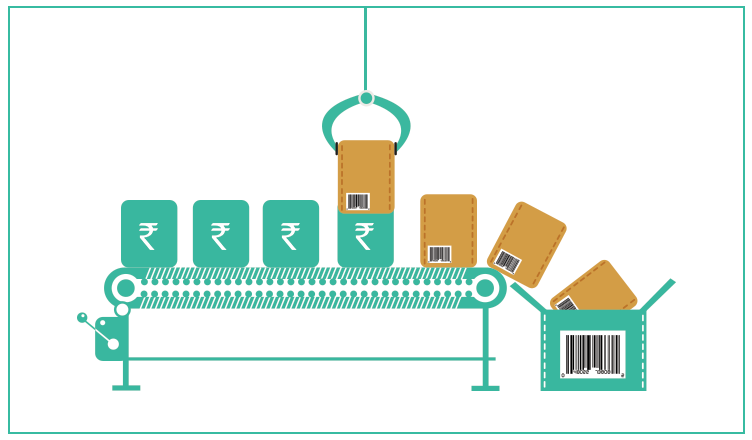

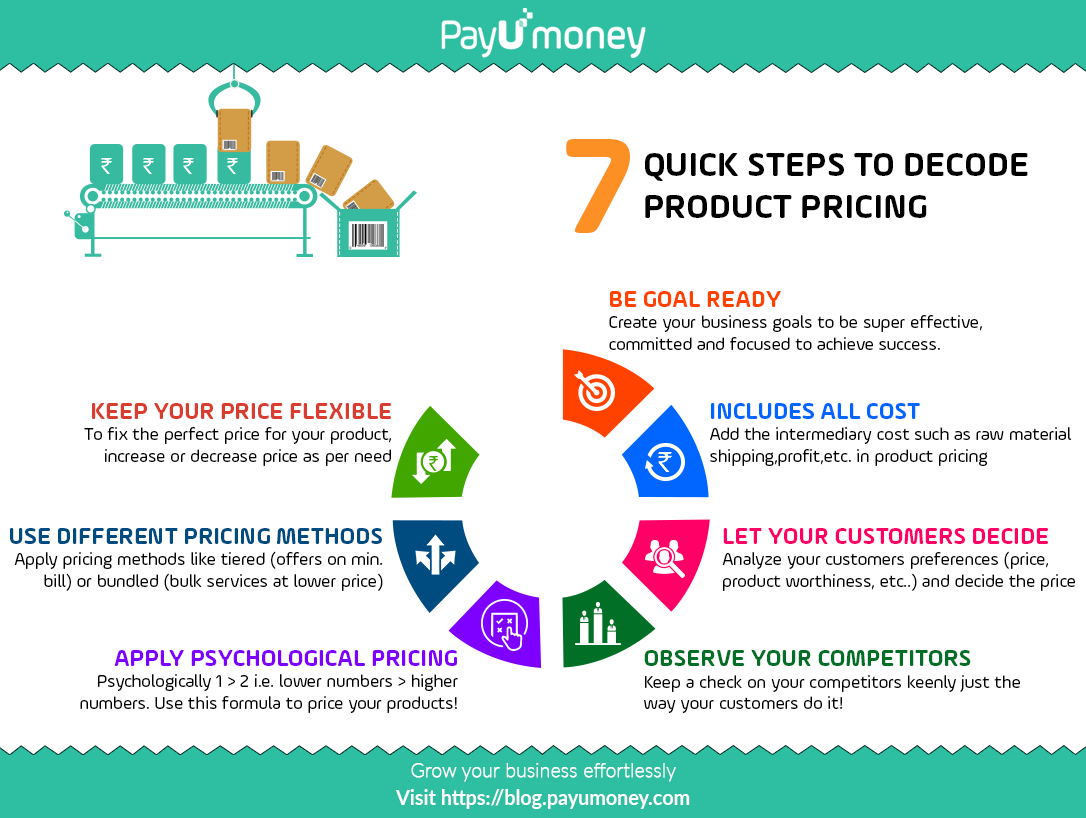
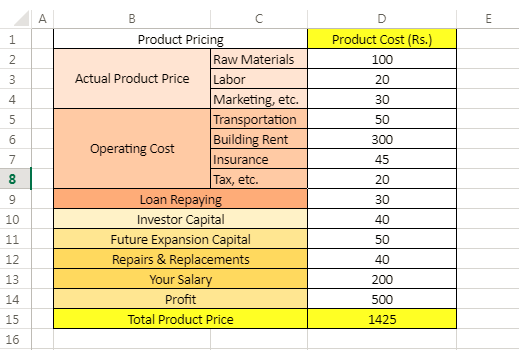
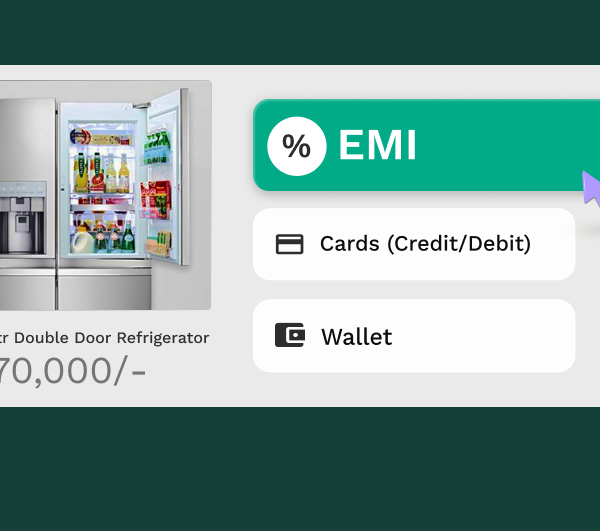




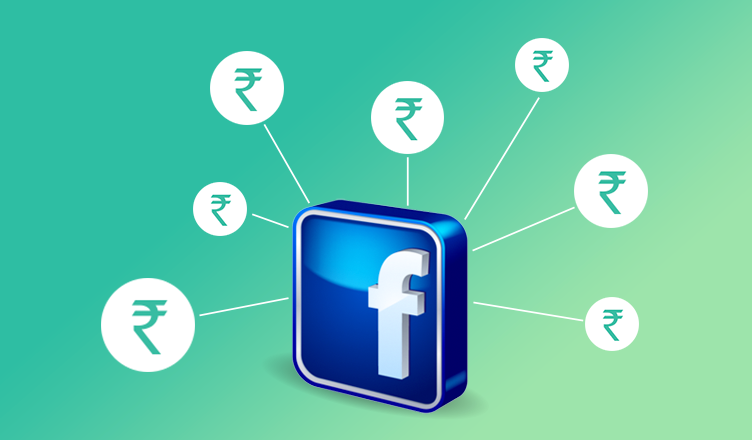
Leave a Comment